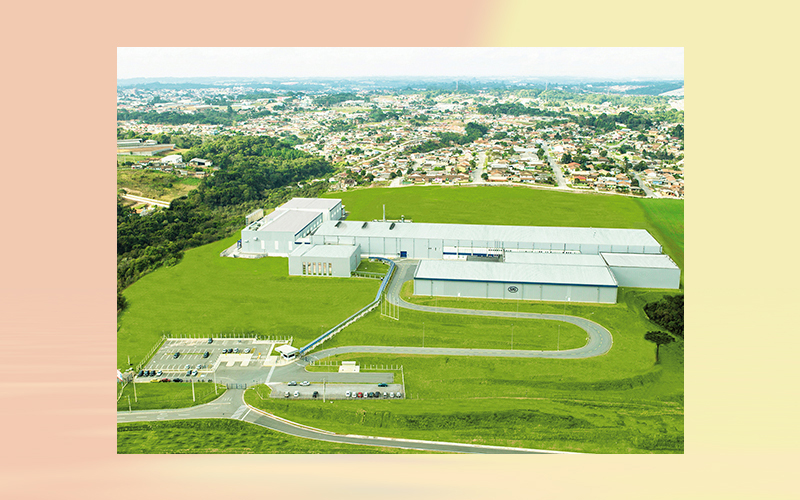SIG Combibloc switches all production sites to green electricity
Reduce CO2 emissions, promote the use of renewable resources, and thus counteract climate change – these are three of SIG Combibloc’s current environmental and sustainability targets.

Reduce CO2 emissions, promote the use of renewable resources, and thus counteract climate change – these are three of SIG Combibloc’s current environmental and sustainability targets. Now, the manufacturer of carton packaging and filling machines can announce an important interim goal at the start of 2017: from January onwards, all SIG Combibloc sites in Europe, South America, China and the Asia-Pacific region will be supplied 100 percent with so-called ‘green electricity’. This electricity can be proven to come from renewable energy sources such as wind, sun, hydropower, biomass or biogas.
In Europe and America, renewable electricity can be procured on the free market. In Asia, SIG obtained green electricity from local suppliers certified according to the recognised ‘GoldPower®’ standard. This includes, for instance, biogas plants in Thailand, in which methane from wastewater is extracted and converted to electricity. In addition to climate-friendly power generation, the local population also benefits from the project, in the form of cleaner air, improved water quality, and employment and training opportunities.
“Obtaining source-identified green electricity in Asia is a huge achievement, as these capacities are very scarce and up to now have been acquired almost exclusively by large multinationals”, says Arnold Schuhwerk, who as Global Category Manager is responsible for energy procurement at SIG Combibloc. “We’re delighted to have reached this goal so quickly”.
Feasibility studies are currently being carried out at several of SIG Combibloc’s sites in Asia to check whether building own solar power plants are possible – from both the environmental and economical point of view.









